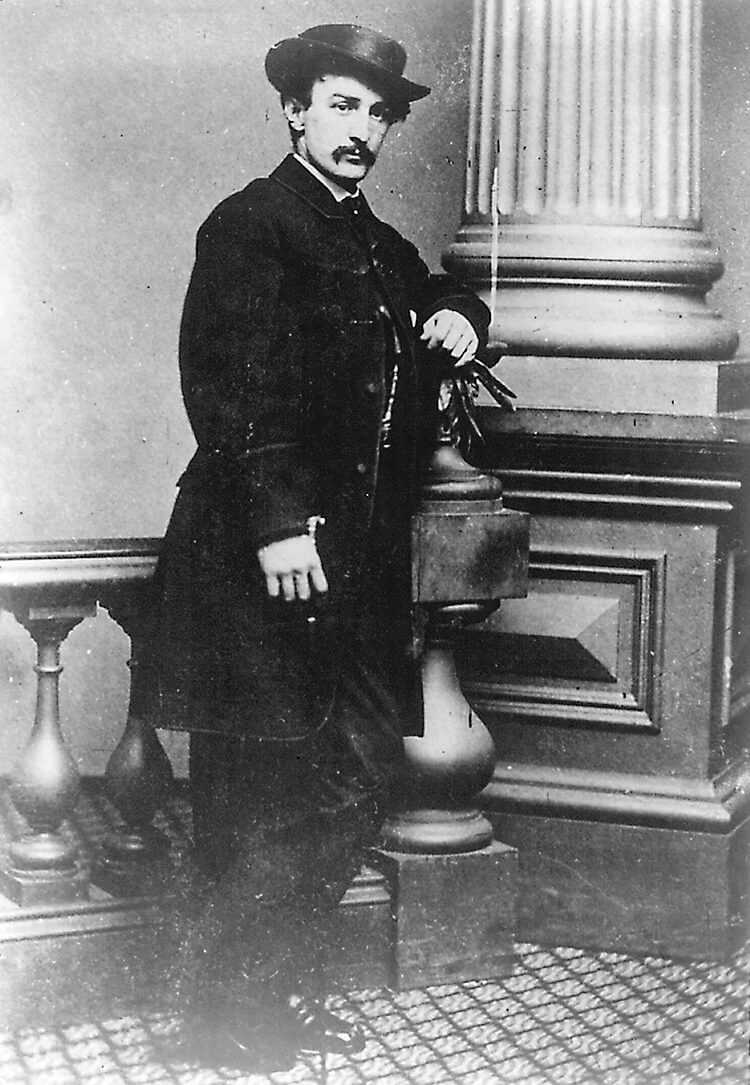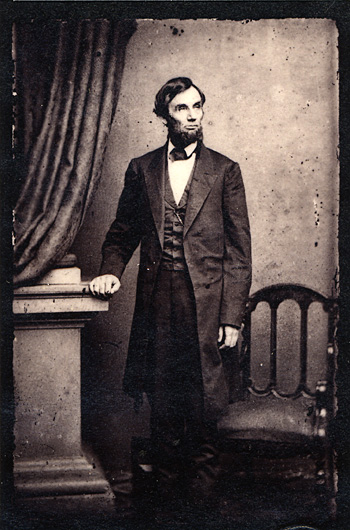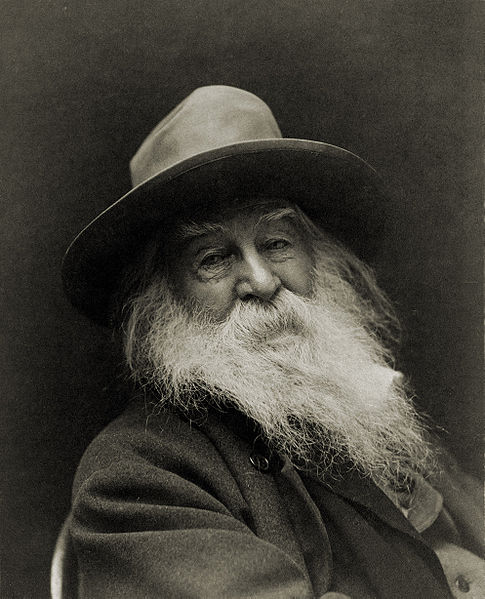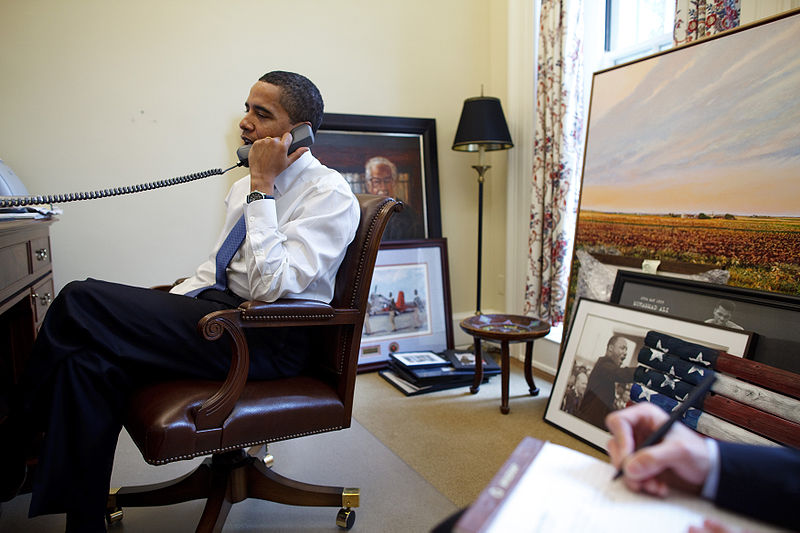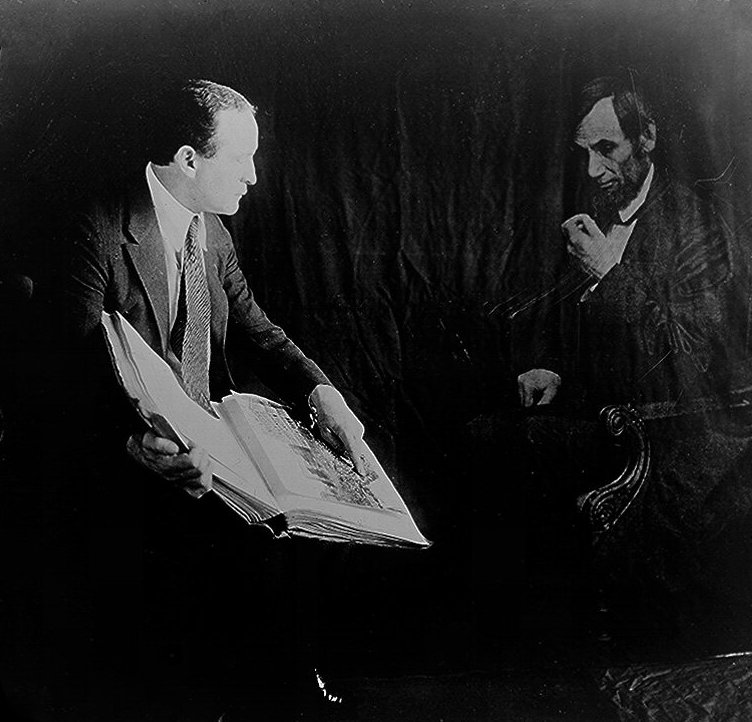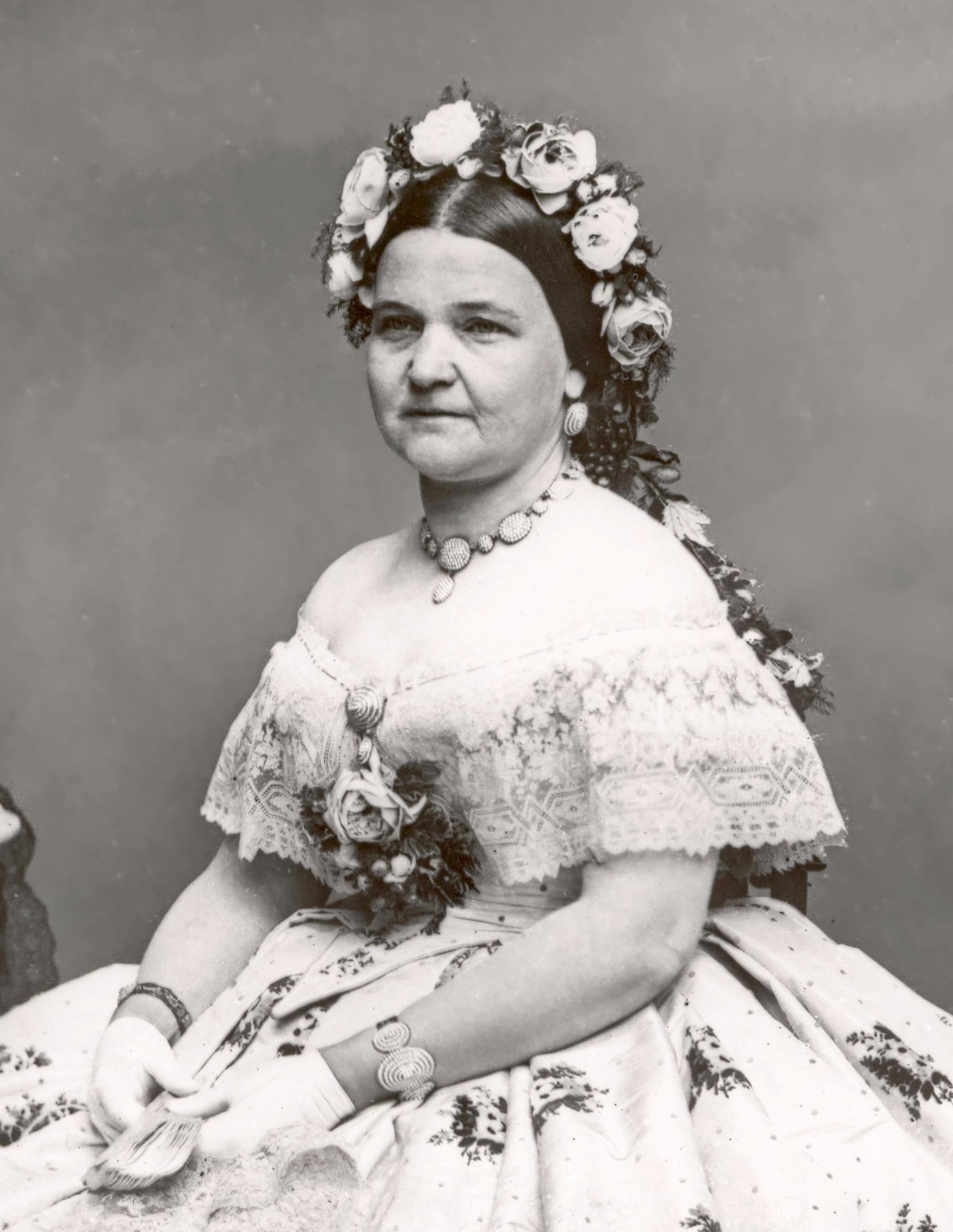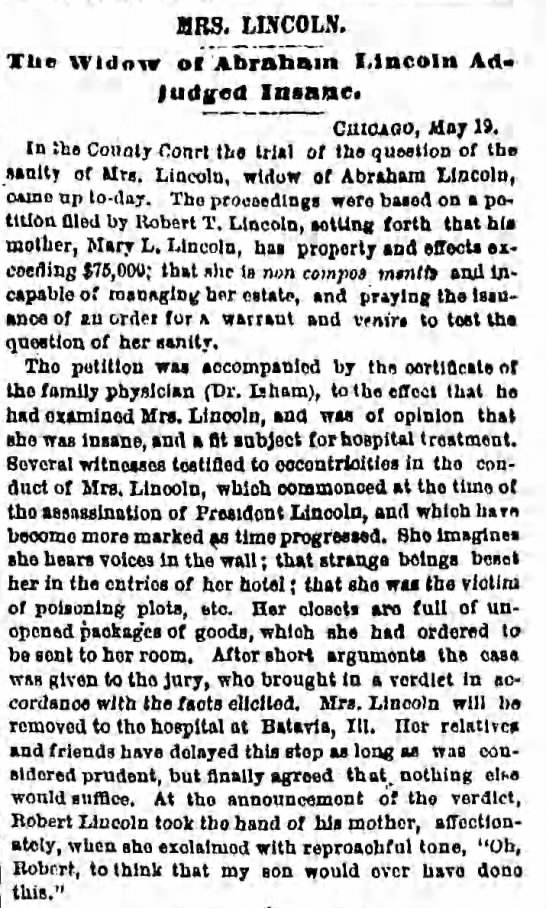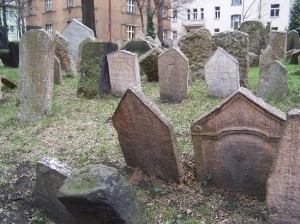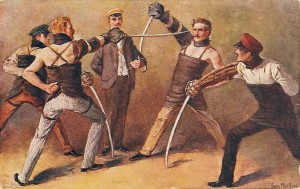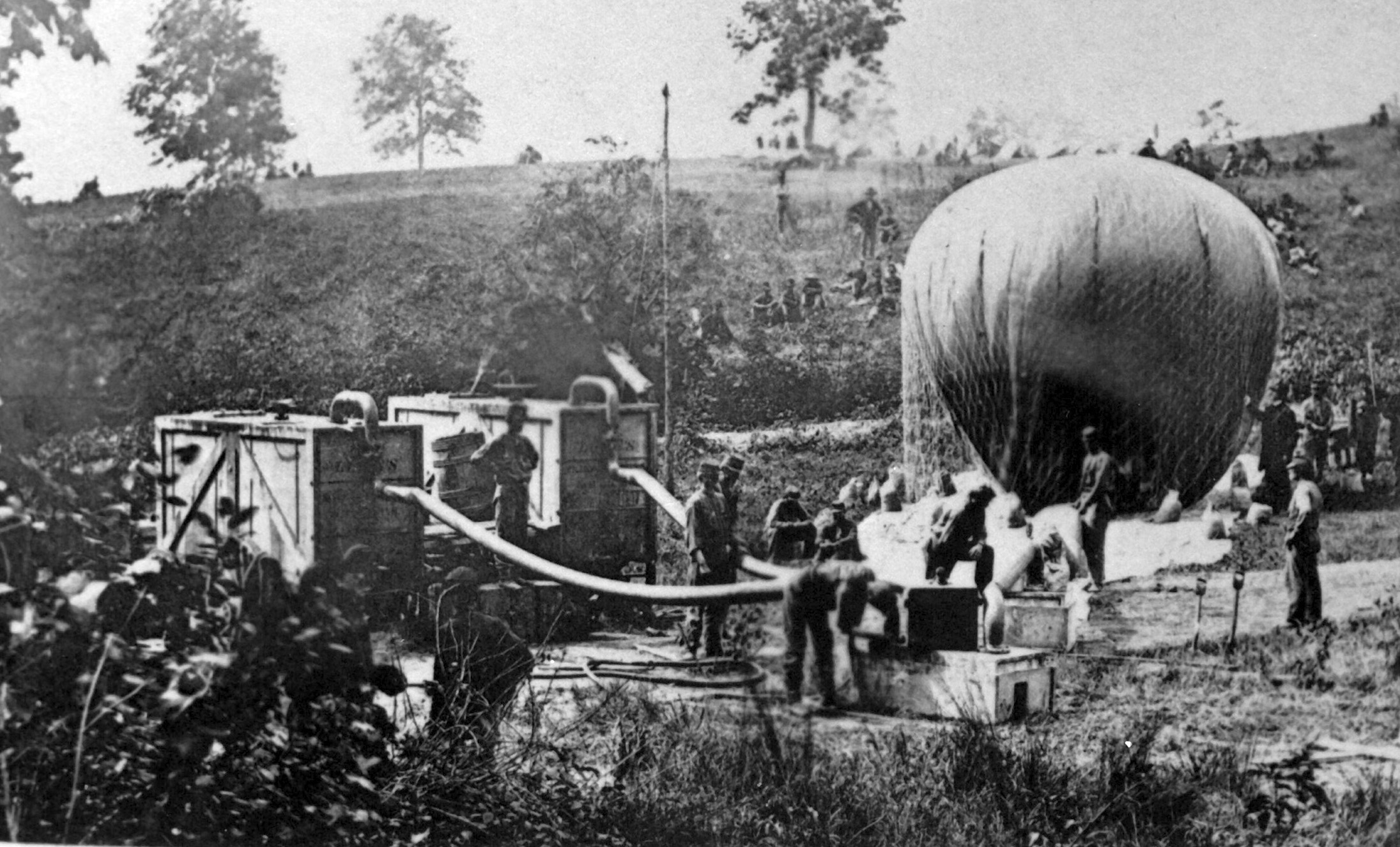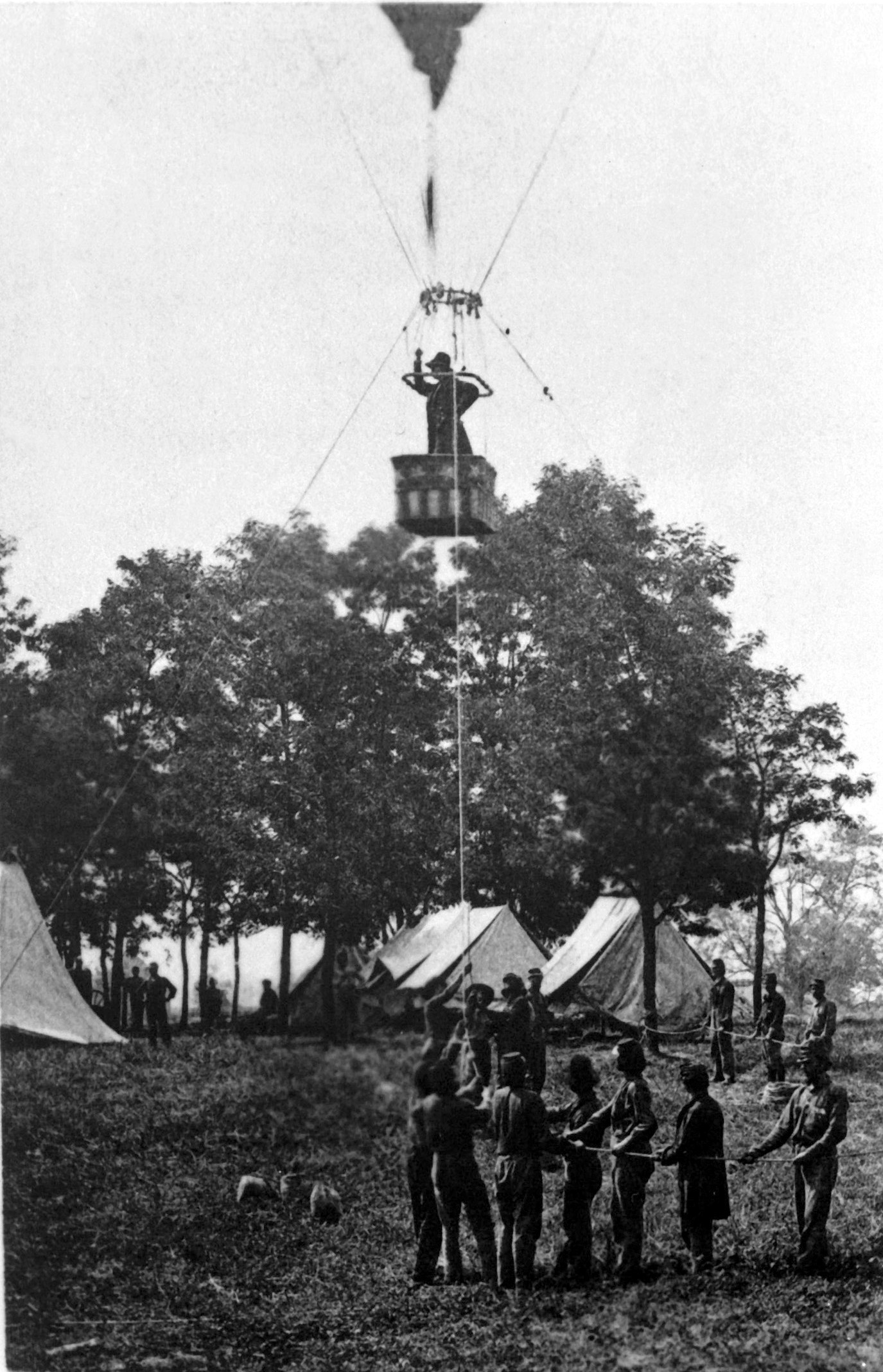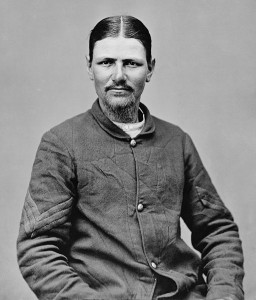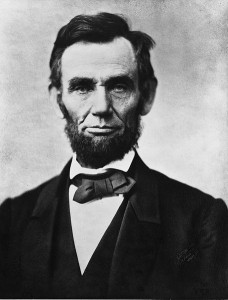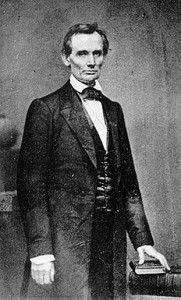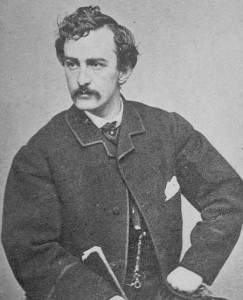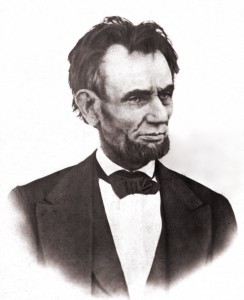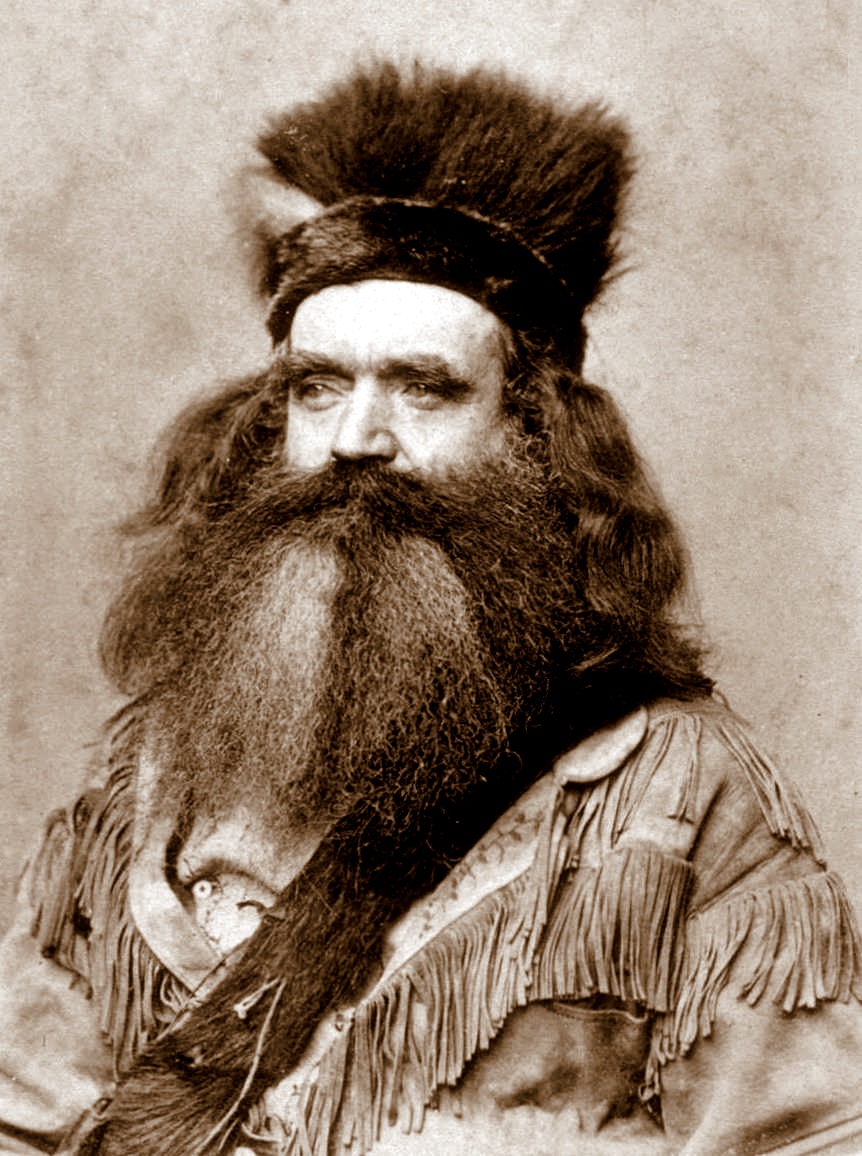
““A unique character is Seth Kinman, the grizzly bear hunter and presidential chair presenter.”
Seth Kinman was a self-made man and a self-promoter. A bushy-faced nineteenth-century California hunter who never met a bear or buck he cared for, Kinman used the skins and carcasses from his quarry to fashion unusual chairs that he presented to several American Presidents.
Kinman began bestowing these odd gifts to Presidents during the Buchanan Administration, which is the subject of the first excerpt, taken from an 1857 Brooklyn Daily Eagle. The second excerpt, a reprinted article in an 1885 New York Times that originally ran in the San Francisco Call, further examines Kinman’s life and by then what had become a longstanding chair-giving tradition that had allowed him to become friend to several Presidents.
••••••••••
“A Curious Chair for President Buchanan,” Brooklyn Daily Eagle (May 18, 1857): “An old Western hunter, Seth Kinman, sent a chair from Humboldt, California, which arrived in New York by the George Law for President Buchanan. The chair is made entirely of the antlers of the deer, fashioned into a most comfortable arm-chair, with a high sloping back and convenient arms. A pair of antlers, with six points each, form the front legs and arms; and another pair, having five points each, form the hind legs and back. Small antlers, having two points each, join the whole together in a substantial manner. The seat is made from the dressed skins of the bucks whose antlers form the chair. They have, all told, just thirty-one points, corresponding with the number of states now in the Union. The whole chair is simply varnished, showing the original color of the antlers. The old hunter has engraved his address on the left arm point: Seth Kinman, Humboldt County, California.”
••••••••••
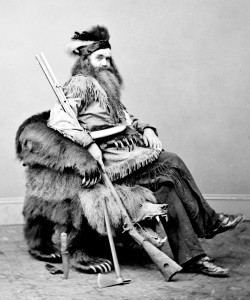
The nimrod sits his ass down on President Andrew Johnson’s chair.
“Seth Kinman, The Pacific Coast Nimrod Who Gives Chairs to Presidents,” New York Times, reprinted from the San Francisco Call (December 9, 1885): “A unique character is Seth Kinman, the grizzly bear hunter and presidential chair presenter, now stopping in this city. He is a tall man, 70 years old, straight as an arrow, dressed in buckskin from head to foot, with long silver hair, beard, and shaggy eyebrows, under which and his immense hat a pair of keen eyes peer sharply.
He is the Nimrod of this coast, the great elk shooter and grizzly bear hunter of California, who has presented elk horns and grizzly bear claws from animals that have fallen before his unerring rifle to four Presidents of the United States–Buchanan, Lincoln , Johnson, and Hayes–and has ‘the finest of all’ to present to President Cleveland next spring. He claims to have shot in all more than 800 grizzlies, as many as 50 elk in one month, and to have supplied the Government troops and sawmill hands in Humboldt with 240 elk in 11 months on contract at 25 cents per pound.

Resting atop the chair is Kinman’s fiddle, the neck of which is made with a skull bone from his favorite mule.
He was born in Union County, Penn., in 1815, went to Illinois in 1830, and crossed the plains to California in 1849. He tried mining on Trinity River, but followed hunting mainly for a living. In the Winter of 1856-57 he made his first elkhorn chair, and conceived the idea of presenting it to President Buchanan. Peter Donahue favored it. He went on in the Golden Age with letters to Col. Rynders in New-York, and in Washington he met Senator Gwin, Gen. Denver, and others. Dr. Wozencroft made the presentation speech, and Buchanan was highly pleased. He wrote Rynders to get Kinman the best gun he could find in New-York, which he did, together with two fine pistols. He also got an appointment to corral the Indians on the Government reservation, and when they strayed away he brought them back.
In November, 1804, he presented President Lincoln with an elkhorn chair, which greatly pleased him; Clinton Lloyd, Clerk of the House, made the presentation speech. The chair to Hayes was presented when he was Governor of Ohio, but nominee for President. The chair presented to President Johnson was made of the bones and hide of a grizzly.”

